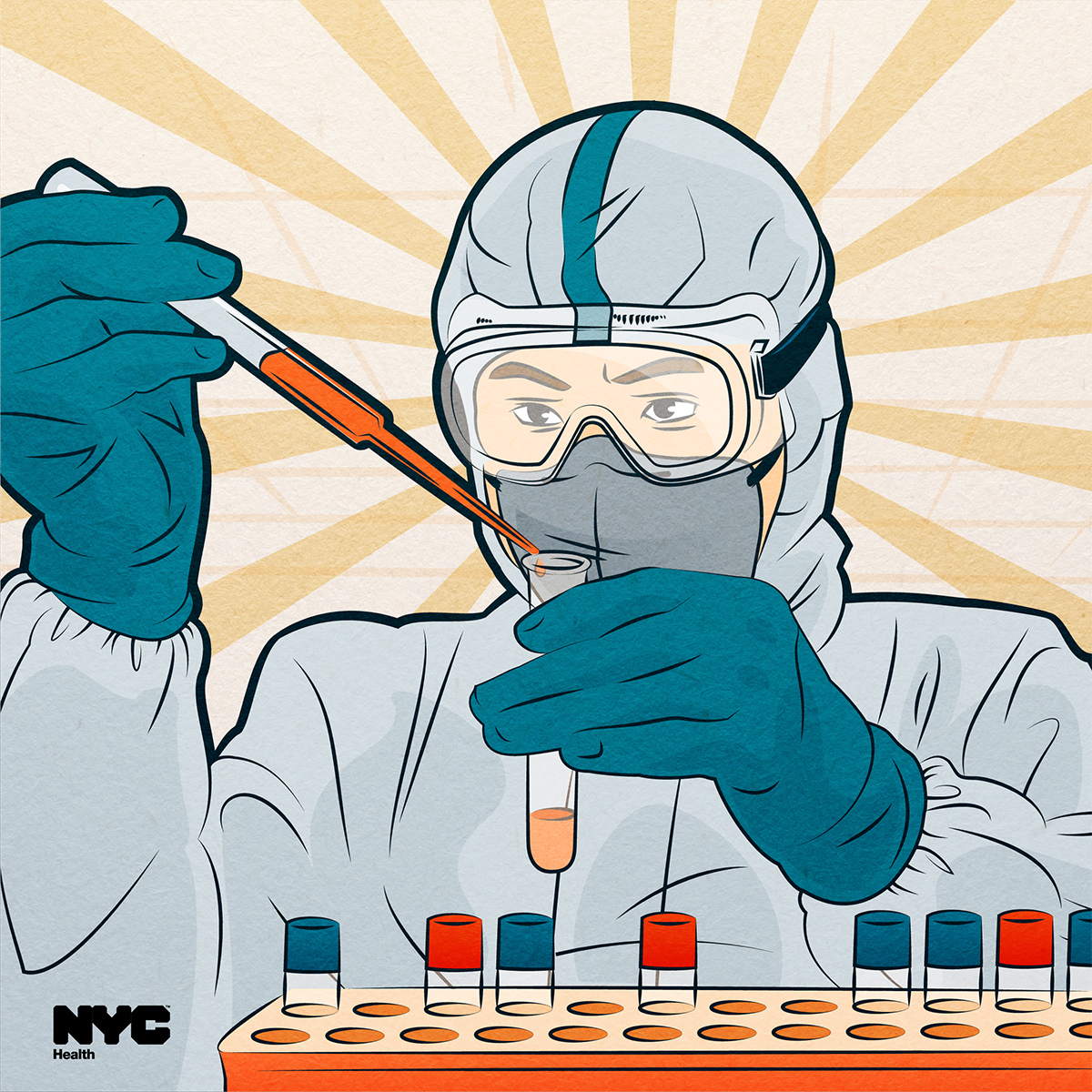
For my final 🧵 as @nychealthcommr, I’d like to invoke a saying that I love: “It’s better to light a single candle than to curse the darkness.”
We have lived through a time filled with so many dark days, and so much suffering.
But public health, and the healing professions broadly, offered light during COVID. This wasn’t just about tests, medicines or vaccines, but speaking to New Yorkers’ fears, anxieties and uncertainties—and offering a roadmap for navigating them, even when solutions were imperfect.
I’m proud to have helped forge a practice of public health that marries the values of science, equity and compassion. And also one that embraces bold action and a spirit of service and excellence.
Ultimately, any leader’s legacy is their people, and that gives me great confidence—because I know just how stellar and dedicated my teammates at @nycHealthy are. 







With that, I’ll pass the baton to the terrific @ashvasnyc. I can’t wait to see what he and the team accomplish during his tenure as @nychealthcommr.
As I sign off, I invite you to follow me at @davechokshi. Thank you, NYC!! ♥
As I sign off, I invite you to follow me at @davechokshi. Thank you, NYC!! ♥
• • •
Missing some Tweet in this thread? You can try to
force a refresh









